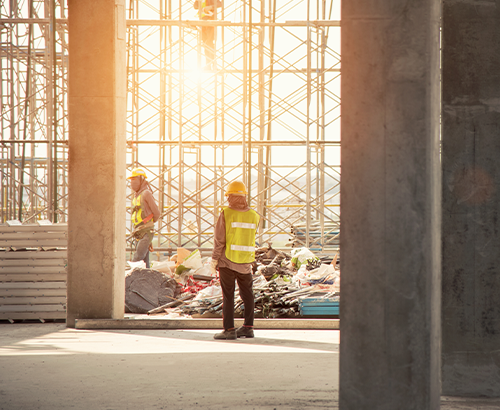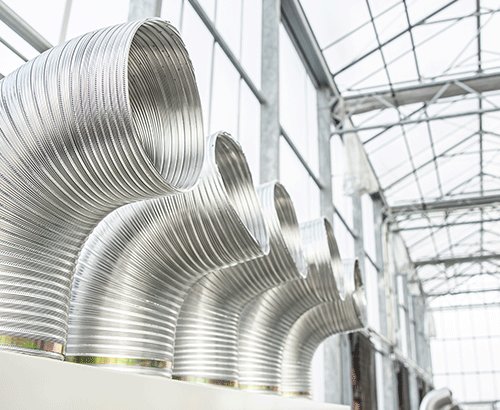Featured Article: Developing Your Leadership Pipeline: Preparing the Next Generation of Leaders
Many organizations struggle to build and sustain a strong leadership pipeline, often promoting individuals based on past performance rather than preparing them for future leadership demands. Effective transitions require more than skill development; leaders must shift how they spend their time and […]
Why Now is the Right Time to Prepare for a Possible Sale
In an environment marked by uncertainty and disruption, now is the ideal time for business owners to prepare for a future sale, or simply build a stronger, more resilient company. By tightening financials, documenting operations and delegating key responsibilities, owners can reduce risk, increase […]
Operational Excellence Begins In Preconstruction
Preconstruction is often misunderstood. While many firms still treat it as a transactional phase — a checklist of budgets, estimates and approvals — the best-performing contractors recognize it as something far more strategic.
Building Operational Resilience to Succeed in Any Market
Focus on the things you and your business can control — like establishing and maintaining operational excellence. By emphasizing the fundamentals of best-in-class operational performance, you can cultivate resilience that allows you to win no matter what operating environment you’re in.









